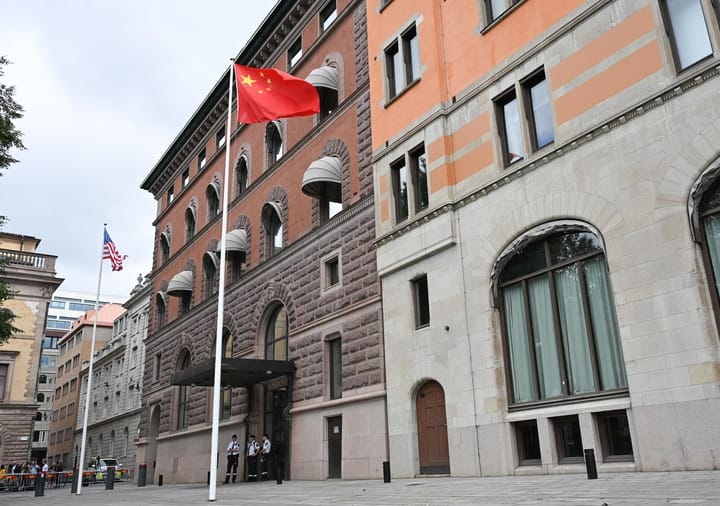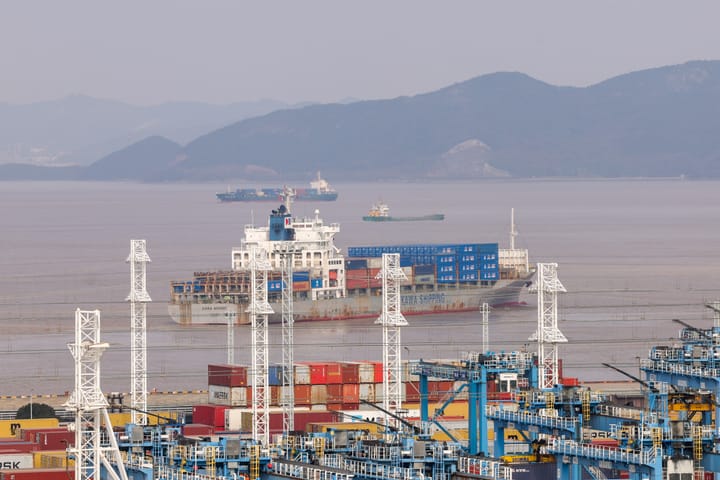Grand Chessboard for a Nation: What Is Five-Year Plan of China and How China’s Plan System Works?

Source: Beijing Daily, National Development and Reform, The Paper, and People’s Daily
In China, every new national plan signals new opportunities. These blueprints indicate which industries will benefit from related policy support, which in turn shapes corporate strategies and investor confidence for years to come. To grasp how this system operates, the best entry point is the country’s most iconic policy tool: the Five-Year Plan.
The year 2025 is a perfect junction for us to review this very concept, since it marks the final phase of China’s 14th Five-Year Plan (2021–2025). It is also a crucial year for drafting the 15th Plan (2026–2030), a process that will guide China’s development into the next decade. In China’s grand national planning system, which consists of plans and programs for multiple fields and regions, the Five-Year Plan functions as the most important and fundamental one. Generally speaking, all the other plans stem from the Five-Year Plan in this particular period.
What is the Five-Year Plan? How does this plan work? It is contradictory to say China is a market economy while still attaching great importance to these plans. How can this plan be implemented across the vast territory of China?


